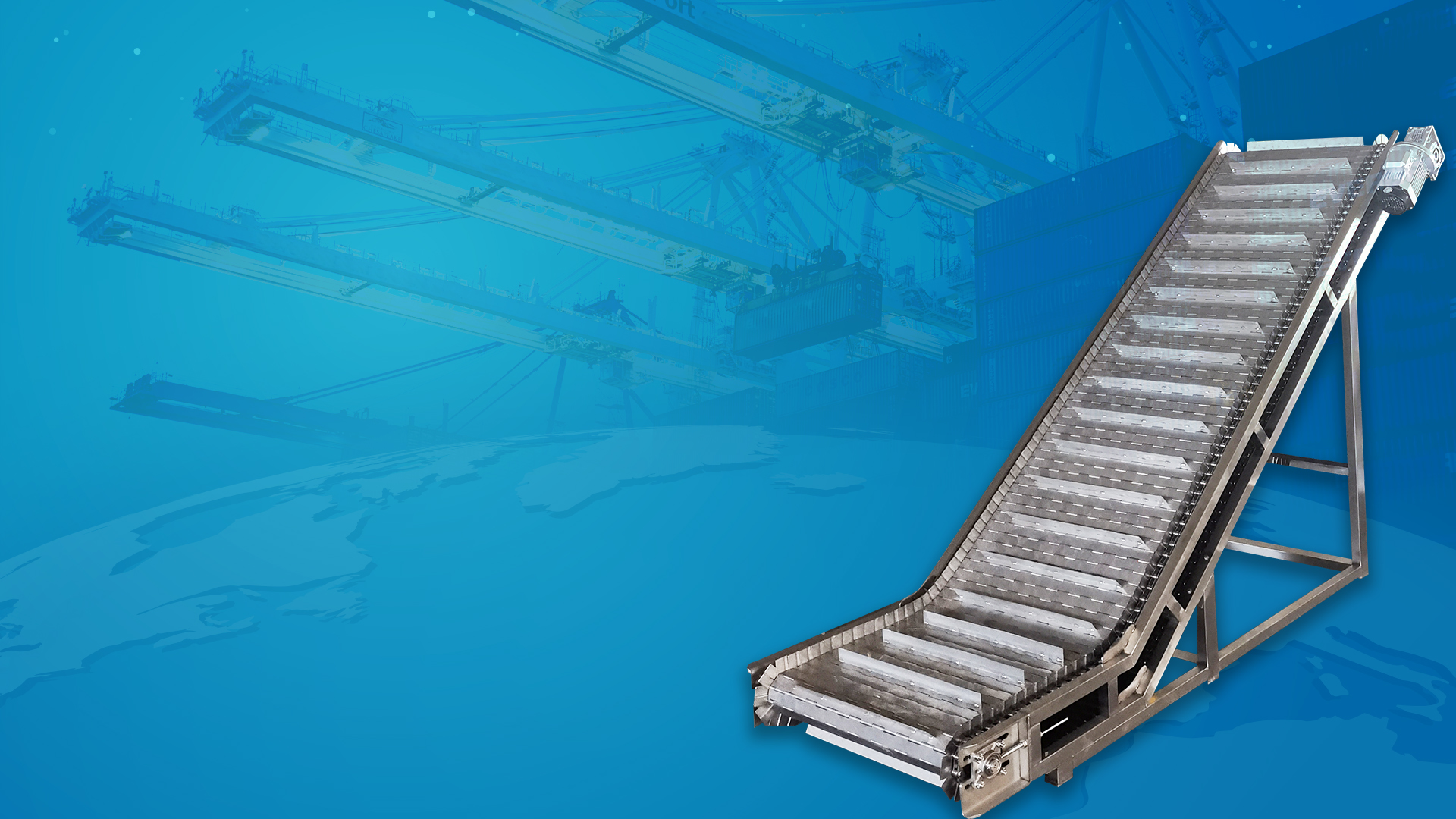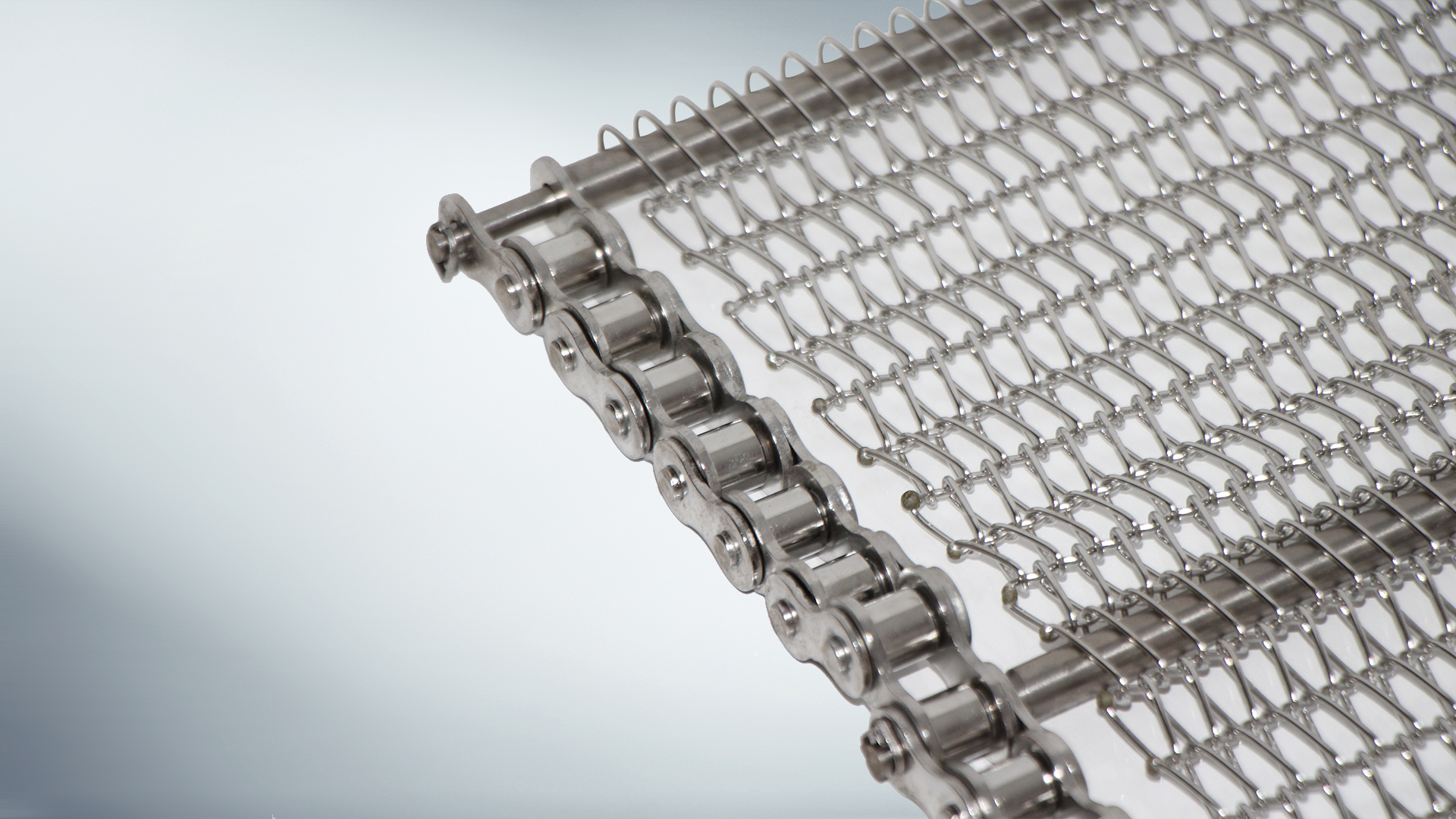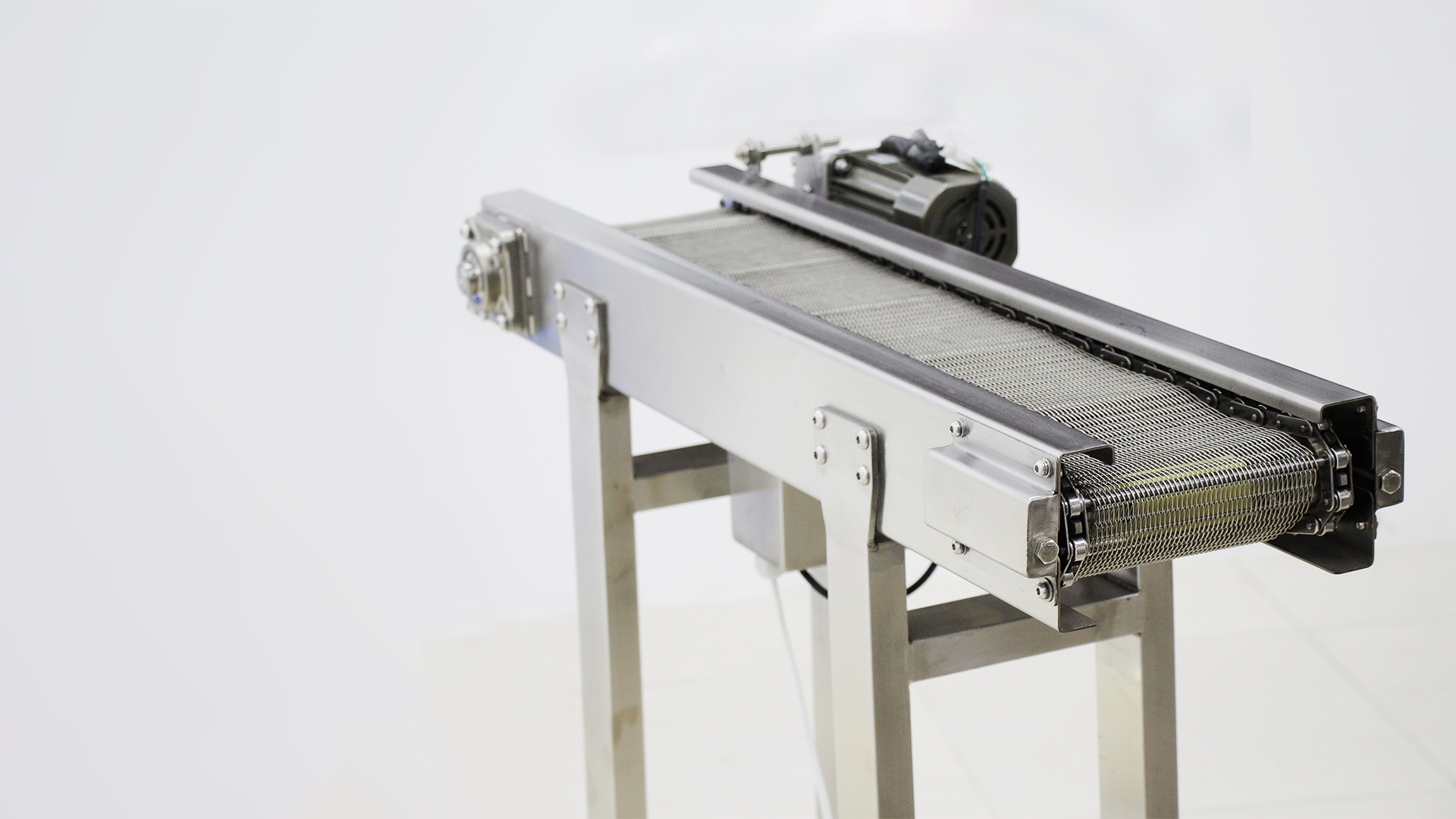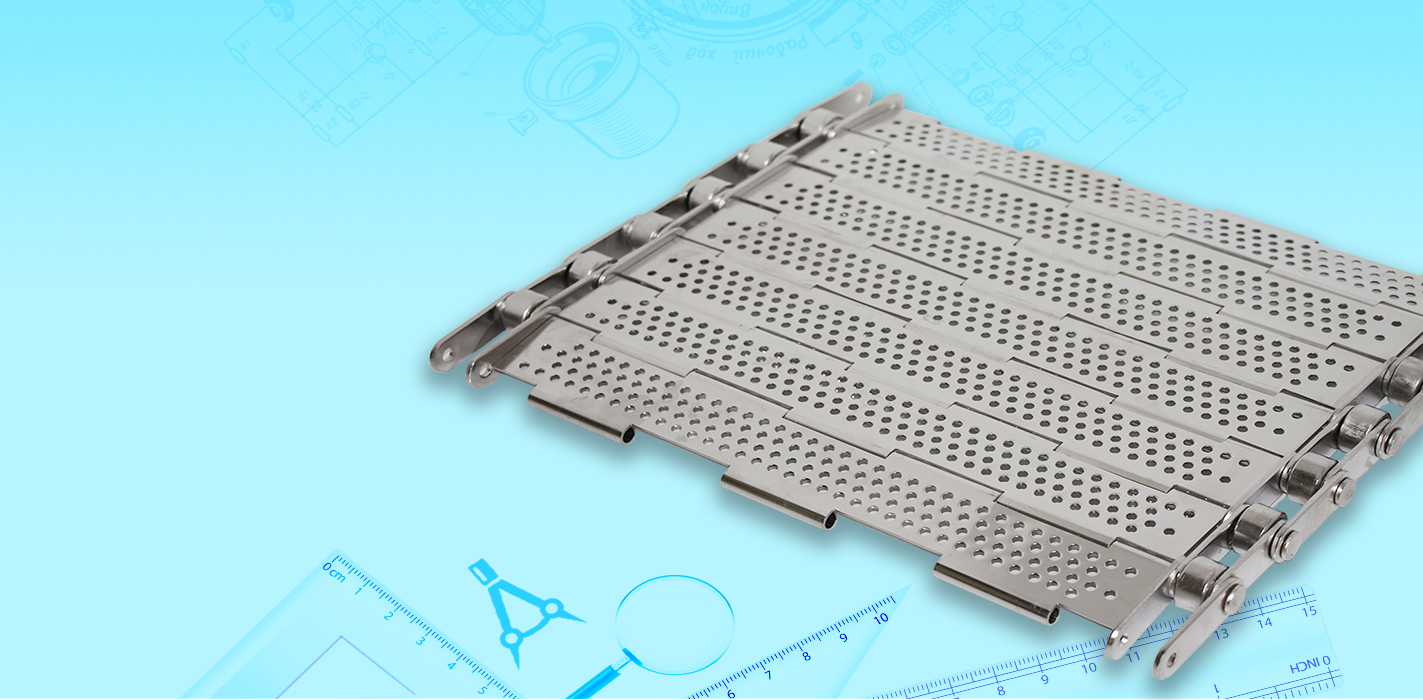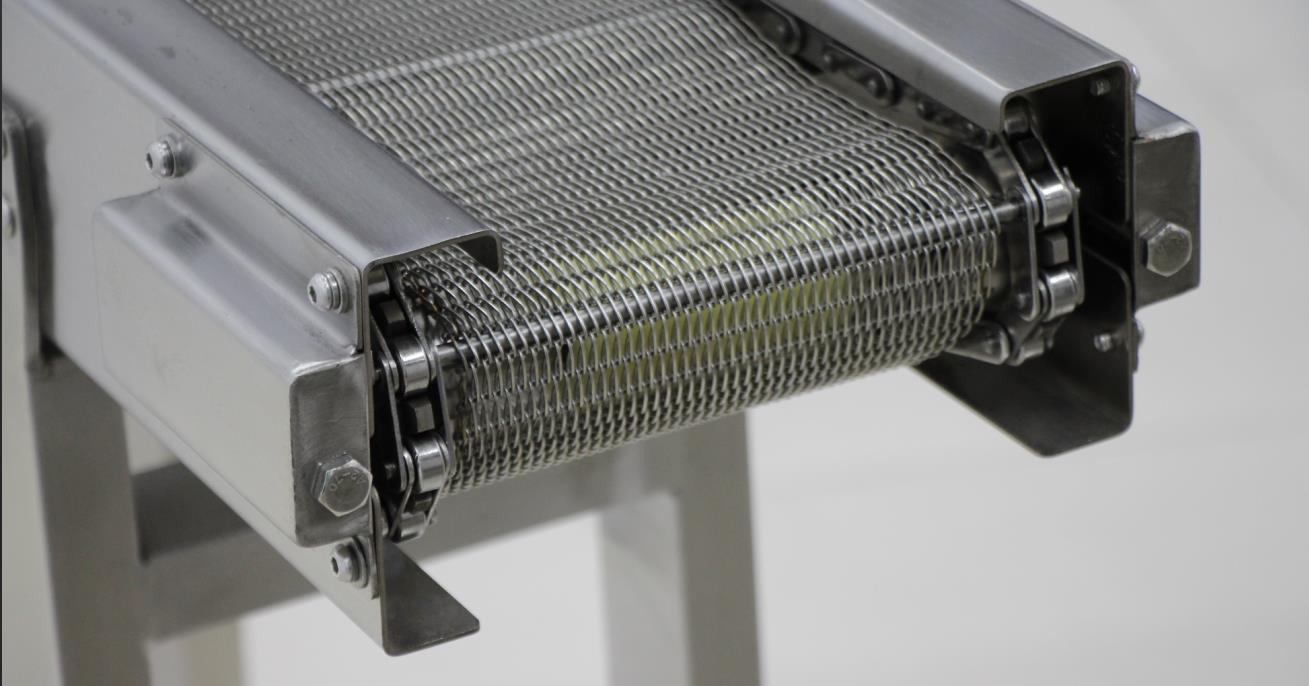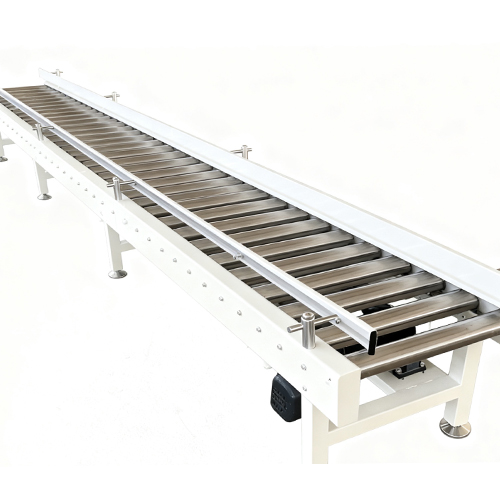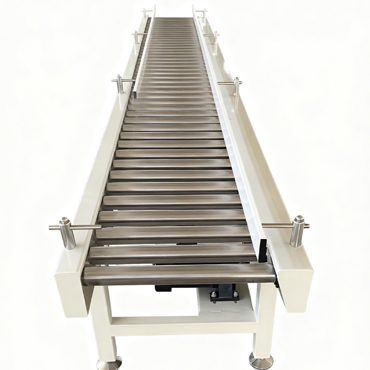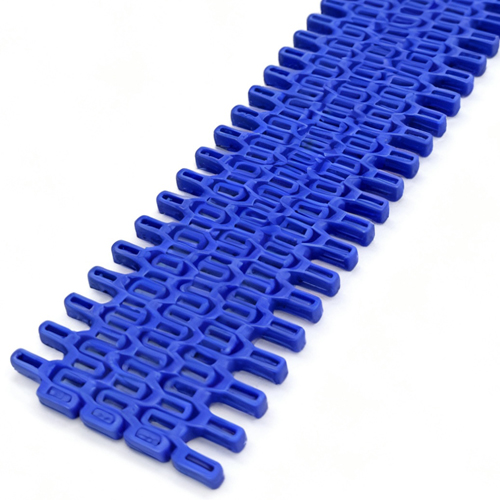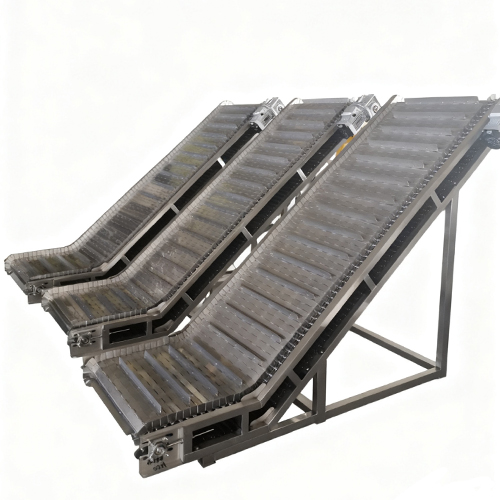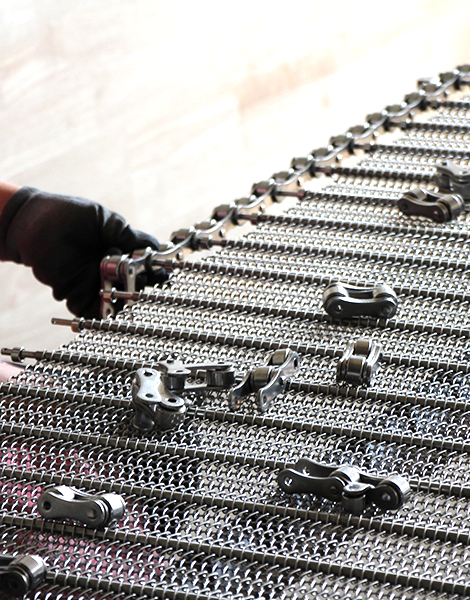Heavy-duty chain plate conveyors are used to handle a wide variety of materials in the building materials industry. These materials primarily fall into the following categories: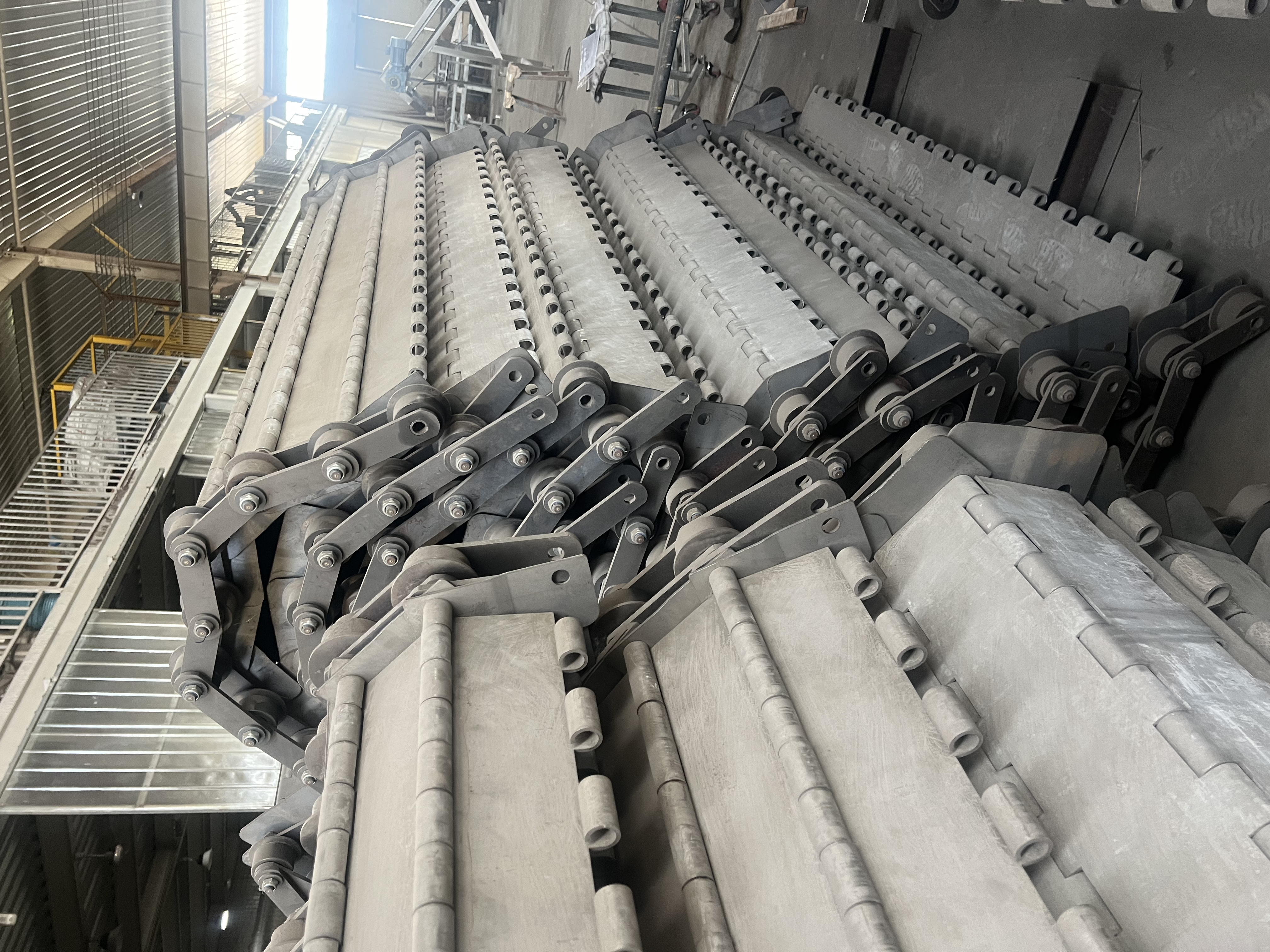
Sand and gravel: River sand, crushed stone, and pebbles, for example. These granular materials are usually very heavy and hard. The robust conveying capacity and sturdy structure of heavy-duty chain plate conveyors easily meet these materials' transportation requirements, ensuring they remain intact and undamaged during transit.
Cement and cement products: This includes bagged and bulk cement, as well as products like cement bricks and pipes. Chain conveyors smoothly deliver these materials, preventing spillage or damage to cement products caused by jostling.
Ceramic products: Such as tiles and ceramic tile blanks. These items are regularly shaped but significantly weighted. The stable performance of heavy-duty chain conveyors ensures the safe transport of ceramic products, preventing collisions and damage.
Glass products: Glass sheets, bottles, etc. Glass is fragile and requires a smooth conveying environment. The heavy-duty chain plate conveyor's conveyor belt offers excellent flatness and friction, effectively preventing slippage and collisions to safeguard glass integrity.
Construction steel: Rebar, angle steel, channel steel, etc. These steel products are typically large in volume and heavy in weight. The high load capacity of heavy-duty chain plate conveyors meets these transportation requirements. They can be customized according to the steel's specifications and shapes to ensure efficient and safe conveying.
Insulation materials: Rock wool and glass wool, for example. These materials have a loose texture and are prone to scattering. The enclosed structure of heavy-duty chain plate conveyors prevents insulation materials from flying or scattering, maintaining a clean working environment.
In summary, heavy-duty chain plate conveyors have many uses.



